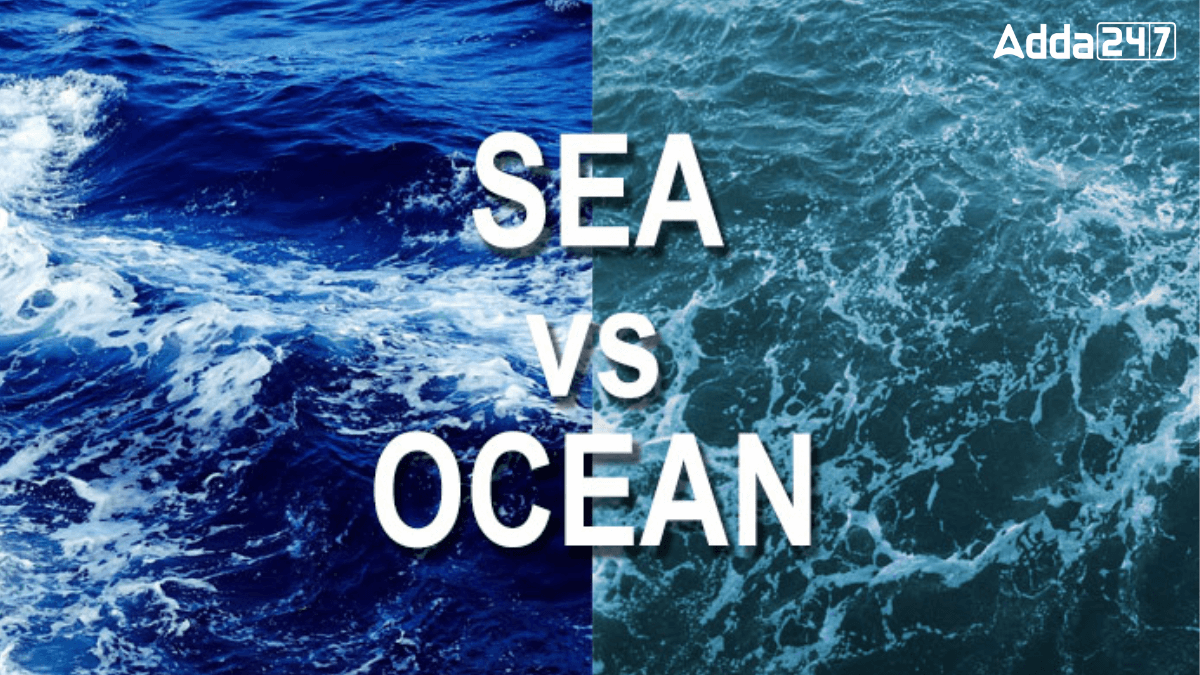

Seas and oceans are vast bodies of saltwater that cover a significant portion of the Earth’s surface. They play a crucial role in regulating the planet’s climate, supporting marine life, and providing resources for humans. Both are interconnected and essential for maintaining the Earth’s ecosystem. While they share similarities, seas and oceans have unique characteristics that set them apart.
A sea is a large body of salty water that is smaller than an ocean. Seas are often found close to land and may be surrounded by land on some sides. Some areas, like the Caspian Sea, are completely landlocked. The Mediterranean Sea is the largest sea, covering about 1.14 million square miles.
An ocean is the biggest body of water on Earth, covering around 70% of the planet’s surface. Oceans are deeper and larger than seas. There are five oceans in the world:
Seas and oceans are large water bodies, but they differ in size, depth, location and aquatic life. Seas are smaller and near land, while oceans are vast and deeper.
| Sea | Ocean |
| A sea is smaller than an ocean. | Oceans cover about 70% of Earth’s surface. |
| Seas are close to land. | Oceans may not be close to land. |
| Seas have abundant marine life because sunlight penetrates deeper into them, enabling photosynthesis. | Oceans have less marine life in deeper areas due to less sunlight reaching those depths. |
| The Mediterranean Sea, Caribbean Sea and South China are examples of seas. | The Pacific Ocean and Atlantic Ocean are examples of oceans. |
| The deepest sea is the Caribbean Sea, about 6,900 meters deep. | The Pacific Ocean is the deepest ocean, about 10,000 meters deep. |
Seas have more marine life because sunlight reaches deeper, supporting photosynthesis. This makes seas home to a variety of plants, fish and other creatures.
Oceans, being deeper, have less sunlight, which limits photosynthesis. Most life in oceans includes microscopic organisms, bacteria and shrimp.
In a bid to attract adventure tourists and promote lesser-known mountain regions, Nepal has announced…
Most countries around the world have an army to protect their borders and maintain security.…
Introduction In India, courts play a vital role in safeguarding public interest. At times, they…
The 18th International Olympiad on Astronomy and Astrophysics (IOAA) opened in Mumbai on 12 August…
The Bibi Fatima Women’s Self-Help Group (SHG) from Teertha village, Kundgol taluk, Dharwad district, has…
In a landmark move for Indian sports, Parliament has passed two transformative laws—the National Sports…